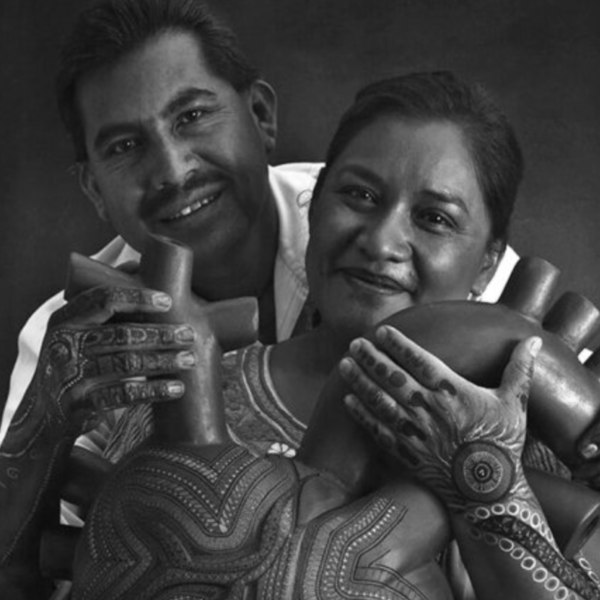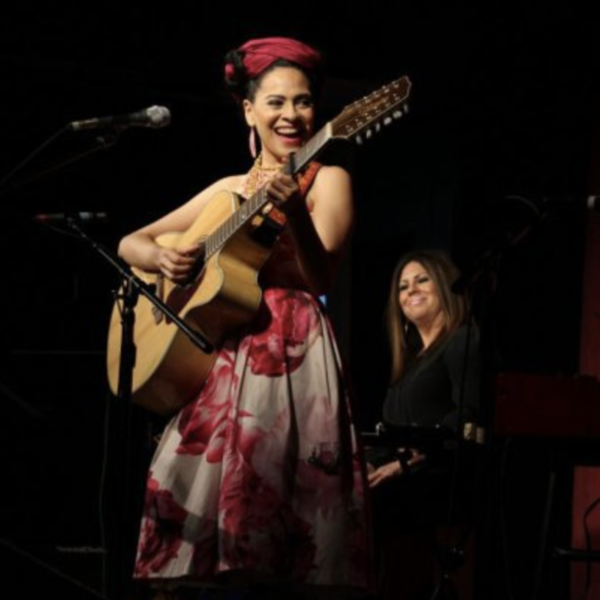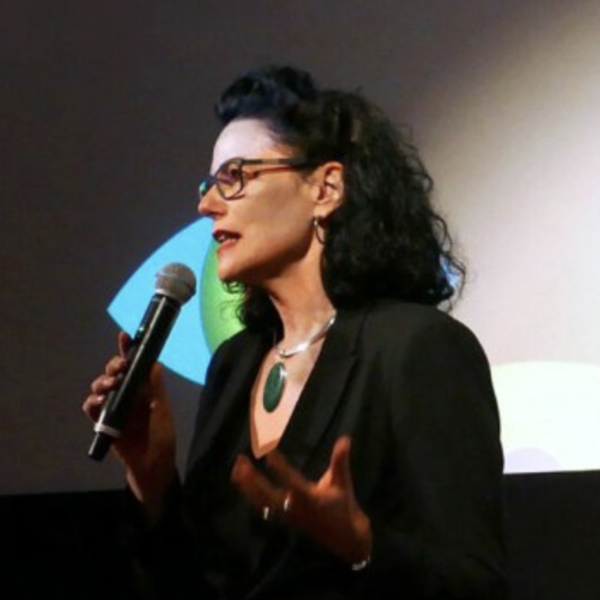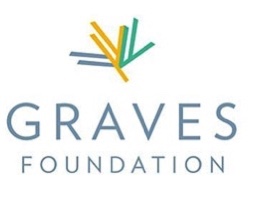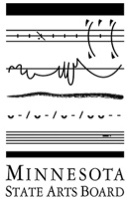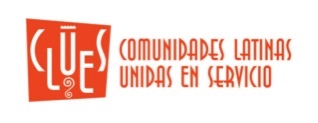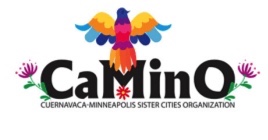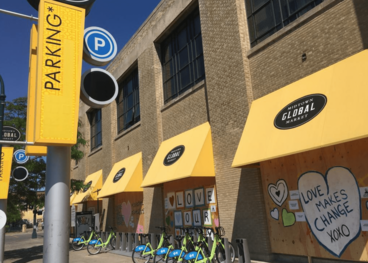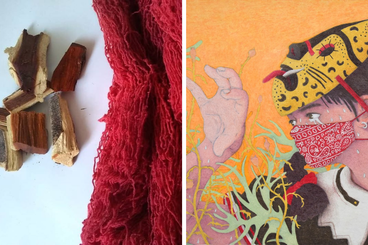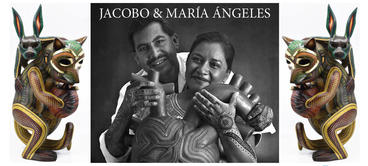333 E River Road
Minneapolis, MN 55455
United States
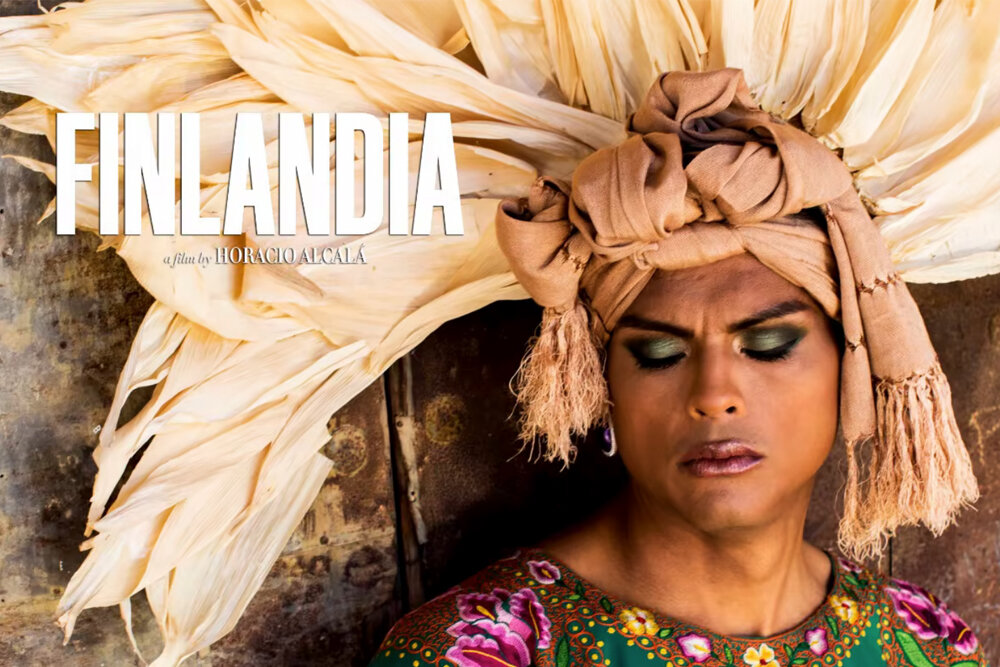
Additional Details
Film Screening & Panel Discussion
Join us at the annual Cine Latino Film Festival at St. Anthony Main Theatre at 3:30 p.m. Saturday, Oct. 9 for the U.S. premiere of FINLANDIA, a film by Horacio Alcalá. This is a tale of memory, mysticism and the master creativity of the Muxe (“moo-shay”), considered a third gender from the town of Juchitán de Zaragoza in the southeastern state of Oaxaca, Mexico.
The feature will be followed by a short film about Jacobo & María Ángeles, Trayectoria Jacobo y María Ángeles, and a panel discussion featuring the artists and FINLANDIA musician Azul Barrientos, moderated by Cine Latino curator Hebe Tabachnik. Their dialogue will explore themes of creativity and identity explored in FINLANDIA and how artists play an important role in reviving and shaping Mexican folk traditions. A small reception will follow the screening.
Watch the trailer
Jacobo and María Ángeles
Jacobo and María Ángeles are natives of San Martín Tilcajete, a town located about 14 miles from Oaxaca City, and located in the Central Valleys region in the state of Oaxaca, Mexico. After many years of working in the fields they developed skills in the tradition of carving wooden ‘tonas’ and ‘nuhales’, also known as ‘alebrijes’. In 1993 they established their workshop or taller, naming it Taller Jacobo y María Ángeles.
Over the years, they have built an international following for their unique style, the craftsmanship and beauty of their work and ability to recuperate Mexican Indigenous cultural practices. Their work is characterized by intricately carved wooden figures and masks featuring Zapotec iconography painted with colors derived from organic and natural pigments made in Oaxaca.
Azul Barrientos
Azul Barrientos is a musician and performer originally from Mexico City and now based in San Antonio as the artist in residence for the Esperanza Peace and Justice Center. Azul works to conserve and develop the folk music that she was first introduced to as a child. Having learned and continuing her study of the rhythms and stories of previous generations, Azul rejoices in her Latina roots and gives life and meaning to the narratives of Latin American history by highlighting the many cultural influences and interconnections between the Americas, Africa, and Spain.
Hebe Tabachnik
Hebe Tabachnik has been a film curator, festival consultant and producer for 20 years with a focus on visionary artists and stories which highlight human rights as well as social, political, and environmental justice. She has participated as juror, project evaluator and panelist in the United State, Europe, Latin America, Israel and China.
She is Senior Programmer at the Seattle (SIFF), Palm Springs (PSIFF) and Cartagena International Film Festivals (FICCI) and is the Artistic Director of Cine Latino Minneapolis Saint Paul. She has worked for both Sundance and Los Angeles Film Festivals.
Mexico in Minneapolis Folk Arts Residency
In celebration of Latinx Heritage Month, the City of Minneapolis Office of Arts, Culture & the Creative Economy and the University of Minnesota’s Weisman Art Museum will host a Mexican Folks Arts Residency to strengthen and elevate the presence of and access to Mexican traditional art forms in Minneapolis. Jacobo and María Ángeles, two national treasures from San Martín Tilcajete, Oaxaca, Mexico, are the selected artists who will pass down cultural knowledge to the local community during their residency from Sept. 26 – Oct. 10.
Funding for this activity is provided by the Minnesota State Arts Board, the Graves Foundation and the City of Minneapolis.
